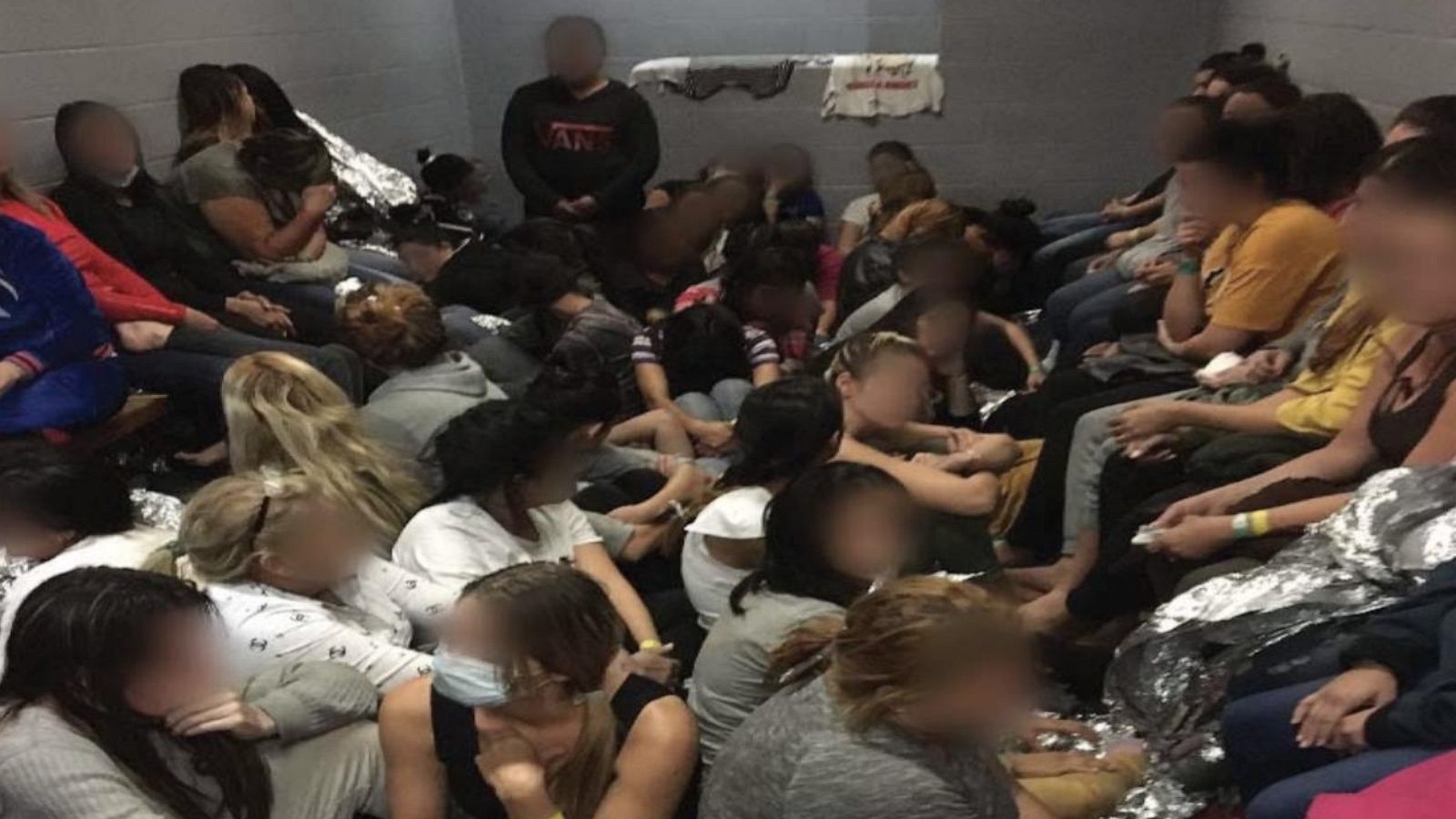Comparing our current political climate to The Handmaid’s Tale may seem melodramatic. Our government is not totalitarian; our citizens still have rights and freedom.
But when it comes to how we treat immigrants and refugees, we’re not behaving like a liberal democracy. We’re acting like a regime that violates human rights and international law.
Here are some of our national obligations to refugees and asylum seekers, as defined and explained by UNHCR, the United Nations Refugee Agency, in their 2017 “guide to international refugee protection and building state asylum systems”:
The starting point for international protection is the admission of people fleeing persecution and violence to a territory where they can seek asylum and find safety. […]
States have non-refoulement obligations under international refugee and human rights law, whether treaty-based or as part of customary international law. Under international refugee law, the principle of non-refoulement contained in Article 33(1) of the 1951 Convention protects refugees from expulsion or return to a threat to their life or freedom on account of their race, religion, nationality, membership of a particular social group or political opinion. Asylum-seekers are protected by this principle until their status has been determined.
The only permissible exceptions to the principle of non-refoulement as provided for in international refugee law are set out in Article 33(2) of the 1951 Convention. They apply in two circumstances: if there are reasonable grounds for regarding an individual refugee as “a danger to the security of the country in which he [or she] is” or if he or she, “having been convicted by a final judgement of a particularly serious crime, constitutes a danger to the community of that country”. (p 66)
In other words, every single person who crosses the border into the United States, whether at an official port of entry or elsewhere, and then promptly informs our law enforcement officers that they fear for their lives if we send them back where they came from—every single one—has the right to remain in the country.
They have the right to remain here “until their status has been determined.” As long as it takes for our judicial system to hear their case: the conditions back home that drove them to fled, the reasons why it would be dangerous to return. That right to be safe and to be heard is defined and agreed upon in international conventions.
That right cannot be violated unless the destination country proves that the individual is a threat to the country’s security—a terrorist, say, or a criminal convicted “of a particularly serious crime.” Proving that requires due process. Everyone who enters the country to claim asylum requires due process.
The guide summarizes how nations should treat people who seek asylum at their borders as follows:
the underlying principles that need to be respected throughout [include] non-refoulement, non-discrimination, respect for human rights and human dignity, non-penalization for illegal entry of asylum-seekers and refugees, and access to asylum procedures for persons fearing return to their country of origin (p 93)
The goal of these rules is to err on the side of protecting people’s rights and safety. The first, automatic response should be to welcome people seeking asylum, not prevent their entry, persecute them, prosecute them. From there—just as with the principle of “innocent until proven guilty”—they are to be treated as asylees until proven otherwise.
And yet.
And yet.
That is not what we in the United States are doing. We are failing those who are coming to our country to seek refuge, not just morally, but in terms of international law.
Because our current system absolutely penalizes “illegal entry of asylum-seekers and refugees.” What else can we call it when our law enforcement agencies apprehend and imprison them, often indefinitely? Particularly given the awful, and worsening, conditions of that imprisonment.
What else can we call it?
Here’s one journalist’s suggestion.
Call immigrant detention centers what they really are: concentration camps
By JONATHAN M. KATZ
JUN 09, 2019
Los Angeles Times
https://www.latimes.com/opinion/op-ed/la-oe-katz-immigrant-concentration-camps-20190609-story.html
If you were paying close attention last week, you might have spotted a pattern in the news. Peeking out from behind the breathless coverage of the Trump family’s tuxedoed trip to London was a spate of deaths of immigrants in U.S. custody: Johana Medina Léon, a 25-year-old transgender asylum seeker; an unnamed 33-year-old Salvadoran man; and a 40-year-old woman from Honduras.
Photos from a Border Patrol processing center in El Paso showed people herded so tightly into cells that they had to stand on toilets to breathe. Memos surfaced by journalist Ken Klippenstein revealed that Immigration and Customs Enforcement’s failure to provide medical care was responsible for suicides and other deaths of detainees. These followed another report that showed that thousands of detainees are being brutally held in isolation cells just for being transgender or mentally ill.
Also last week, the Trump administration cut funding for classes, recreation and legal aid at detention centers holding minors — which were likened to “summer camps” by a senior ICE official last year. And there was the revelation that months after being torn from their parents’ arms, 37 children were locked in vans for up to 39 hours in the parking lot of a detention center outside Port Isabel, Texas. In the last year, at least seven migrant children have died in federal custody.
Preventing mass outrage at a system like this takes work. Certainly it helps that the news media covers these horrors intermittently rather than as snowballing proof of a racist, lawless administration. But most of all, authorities prevail when the places where people are being tortured and left to die stay hidden, misleadingly named and far from prying eyes.
There’s a name for that kind of system. They’re called concentration camps.
